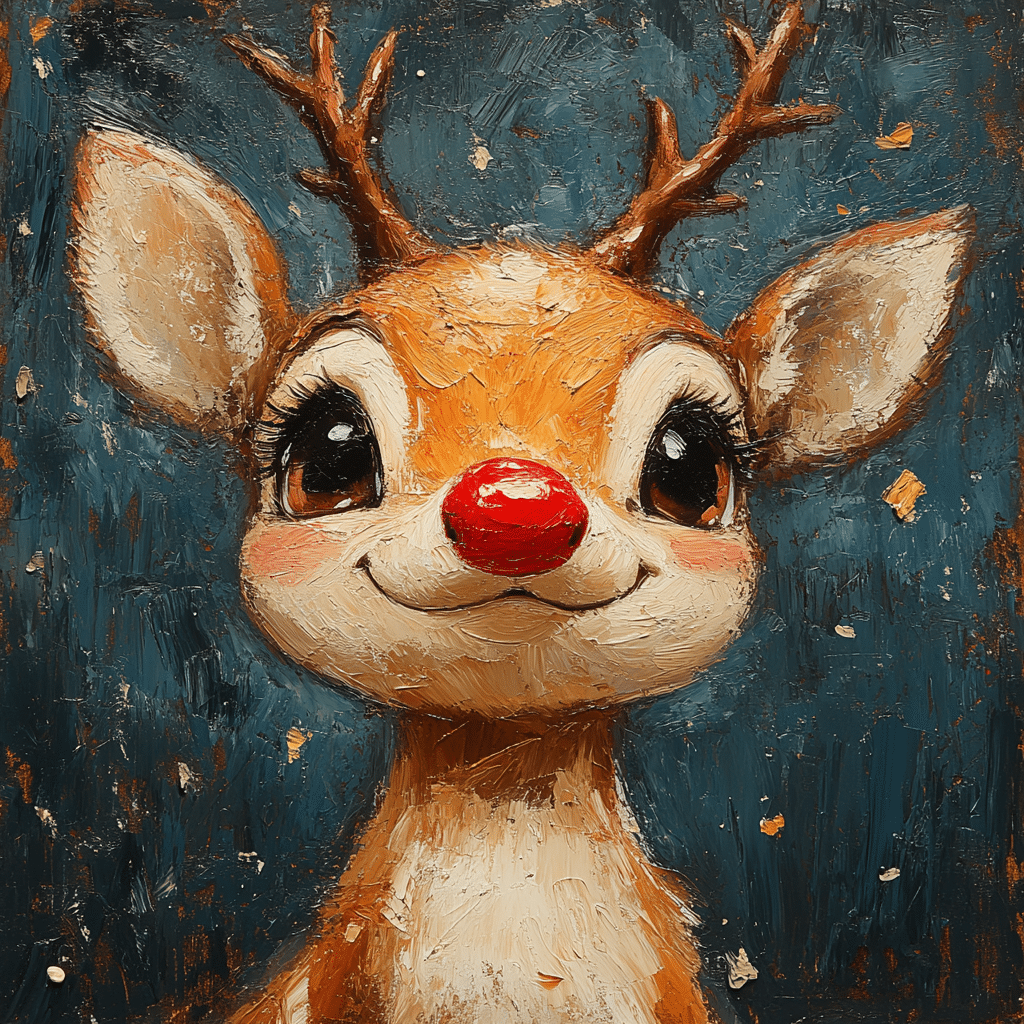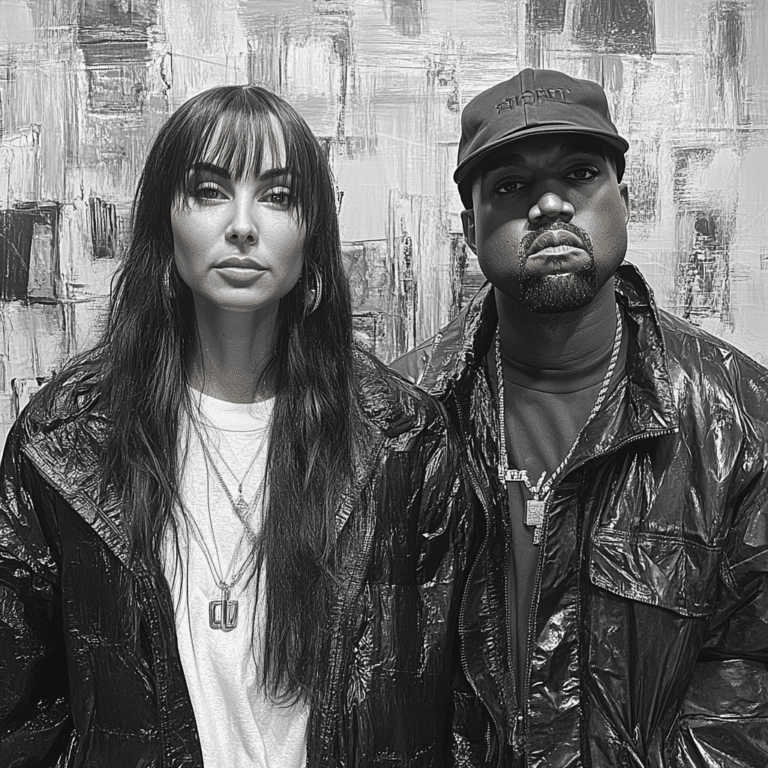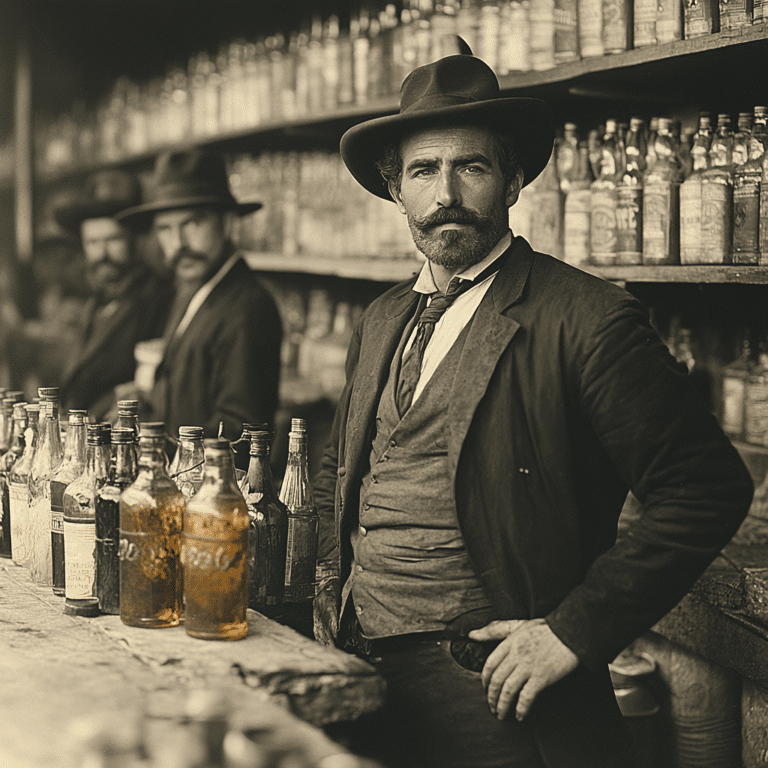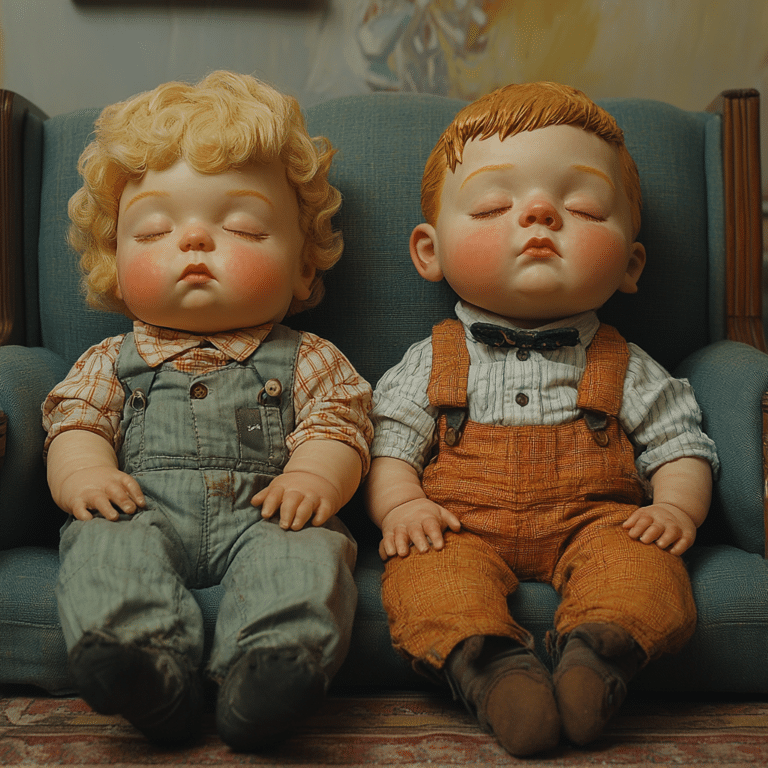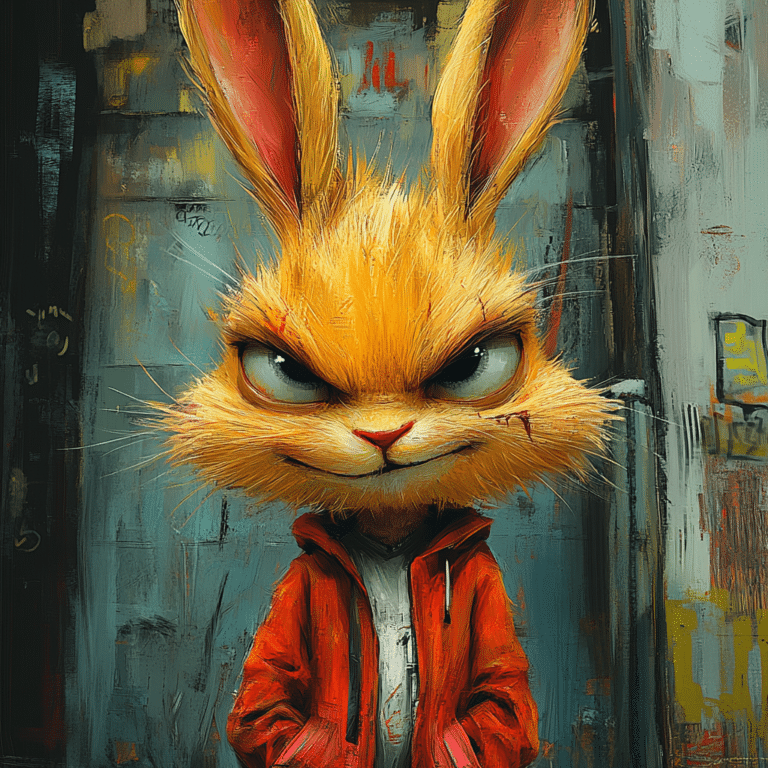The Enduring Legacy of Rudolph the Red-Nosed Reindeer
Rudolph the Red-Nosed Reindeer has become a critical symbol of resilience and acceptance in American culture. Born from a song written by Johnny Marks in the 1940s, Rudolph’s heartwarming story began as a simple tale but has transformed into an emblem of the Christmas spirit. The roots of this beloved character trace back to a 1939 booklet penned by Robert L. May, where Rudolph’s journey from an outcast to a heroic figure resonated with audiences instantly. The release of the 1964 Rankin/Bass stop-motion TV special cemented this lovable reindeer as a cultural icon, capturing the hearts of both young and old alike.
Rudolph’s appeal comes from his relatable struggles, making him an essential figure during the holiday season. This tale isn’t just about a reindeer with a shiny red nose; it’s about overcoming adversity and celebrating our differences. The story’s evolution reflects changing values in society, where the importance of acceptance and kindness carries tremendous weight. In times when the spirit of Christmas can be overshadowed by division, Rudolph remains a steadfast reminder of what we all can endure and achieve together.
The timeless nature of Rudolph the Red-Nosed Reindeer reminds us of the values we hold dear. While the holiday season is often associated with commercialism, this character cuts through that noise and speaks directly to the heart. With his enduring legacy, Rudolph encourages us to embrace our individuality and find strength in our unique qualities. His story transcends generations, making him not just a holiday figure but a beacon of hope and inspiration.
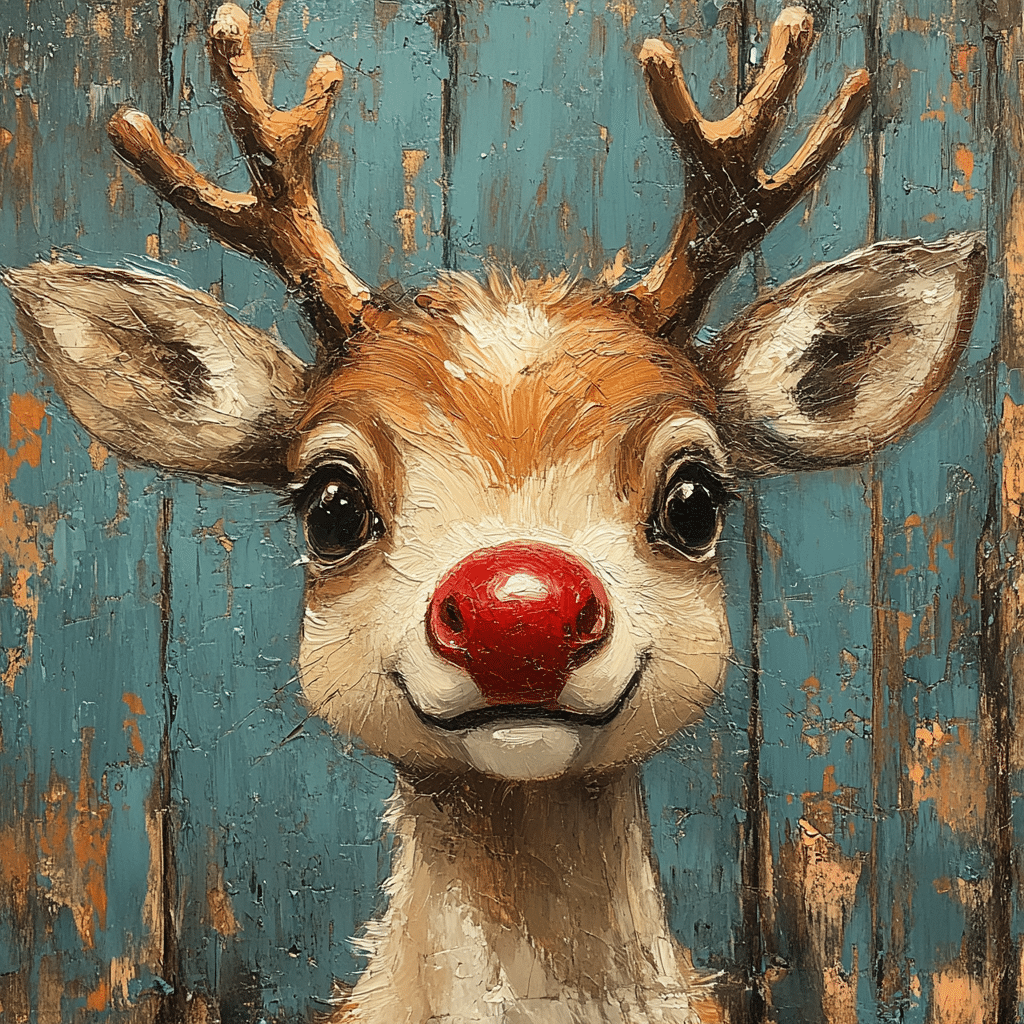
Top 5 Life Lessons from Rudolph the Red-Nosed Reindeer
Rudolph’s tale teaches us powerful lessons applicable to our everyday lives and the challenges we face. Here are five compelling insights gleaned from his journey that resonate across generations:
Rudolph’s glowing red nose made him a target for ridicule initially. However, it ultimately became his most significant asset when it provided guidance on a foggy Christmas Eve. This teaches us that our differences should be celebrated, not shamed.
Facing rejection from his peers, Rudolph embodies resilience. His evolution from a forgotten reindeer to Santa’s trusted companion serves as a powerful reminder that adversity can forge our characters and propel us toward success.
Throughout his journey, Rudolph builds vital relationships with Hermey the Elf and Yukon Cornelius. Their bond illustrates that in tough times—think of how often conservative voices unite to support each other—having a solid support system is essential for survival.
What was once considered a flaw became Rudolph’s greatest strength. His journey reminds us that our struggles often lead us to our true calling. Recognizing the value in overcoming challenges can help us find our direction in life.
Rudolph shows that individual success is often tied to collaboration. With the help of Santa, his friends, and his team of reindeer, he saves Christmas. This knockout point highlights the importance of community and working together for a collective goal.
Cultural Impact and Modern Adaptations of Rudolph the Red-Nosed Reindeer
Rudolph’s character continues to shine brightly through numerous modern adaptations, proving that his story remains relevant even in today’s socio-political climate. The legacy of Rudolph demands recognition, especially as he’s been embraced by various forms of media over the decades.
Today’s animated features, like Netflix’s “Rudolph and Frosty’s Christmas in July,” introduce the classic story to new generations. These adaptations often weave in contemporary themes that tackle issues such as bullying and acceptance, giving Rudolph fresh relevance.
Companies like Fisher-Price and Hallmark have made sure Rudolph’s charm is everywhere during the holiday season. From plush toys to stunning decorations, these products allow families to create lasting traditions while celebrating the spirit of Christmas.
The live stage adaptations of Rudolph continue to draw enthusiastic crowds come holiday time. These productions showcase the timelessness of his story, conveying its enduring message of acceptance and resilience.
By observing how Rudolph has adapted, we see a powerful reflection of our changing society. While embracing diversity and fostering acceptance are vital goals, it’s essential to keep the core values that Rudolph embodies alive and well in our discussions today.
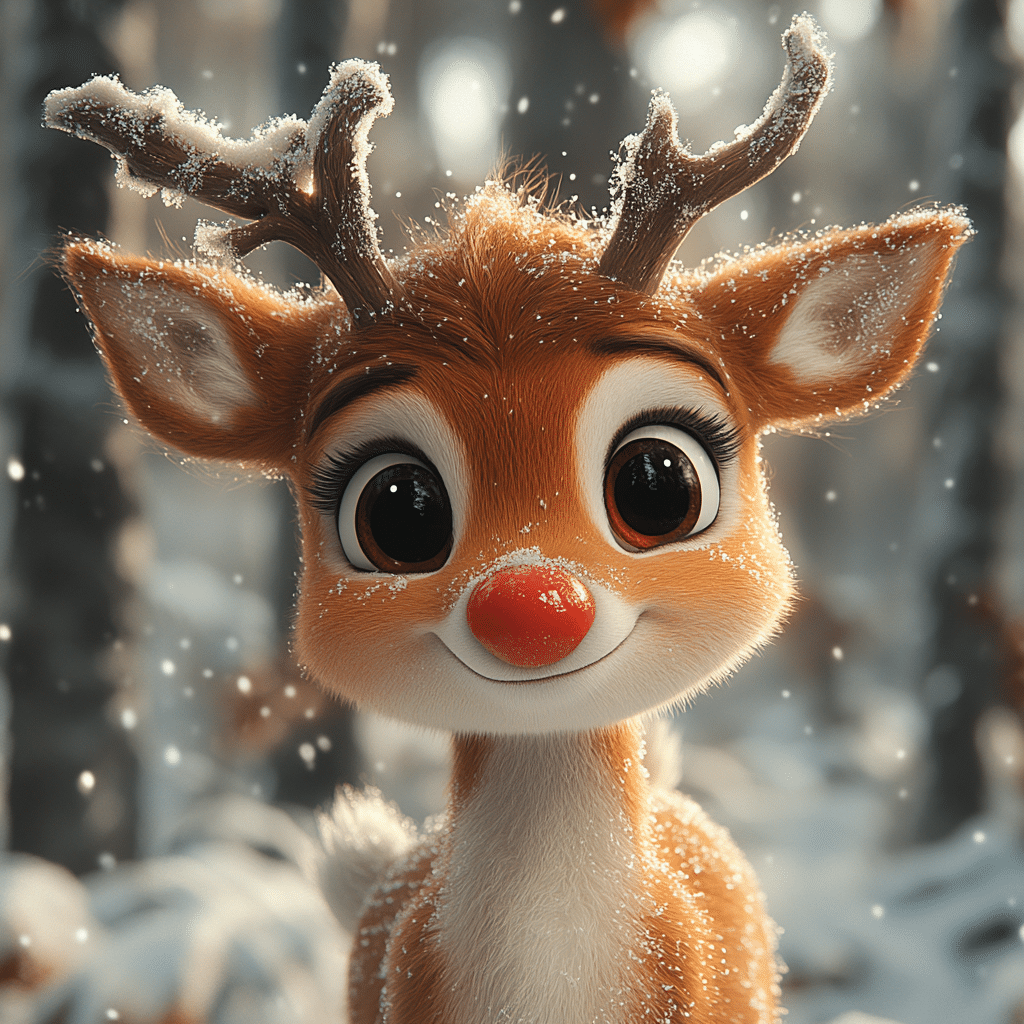
Rudolph’s Journey: A Reflection of Societal Change
Rudolph’s journey resonates deeply with societal themes of inclusivity and acceptance. Originally, he represented the struggles of marginalized communities, enduring bullying and isolating experiences. His story serves as a mirror reflecting shifts in societal attitudes concerning inclusion.
The character of Rudolph emerged in a post-war America—times marked by economic need and societal change. Throughout the mid-20th century, civil rights movements were pivotal, advocating for those who faced discrimination. Rudolph’s narrative intersects significantly with these movements, displaying the universal desire for acceptance and understanding in the face of adversity.
Today, as the dialogue around inclusivity continues, Rudolph stands as a reminder of how far we’ve come—and how far we still have to go. His story illustrates that everyone deserves a place in the narrative, encouraging the broader community to recognize that we can all rise above our challenges when we lean on one another.
The Evolution of Rudolph Through the Decades
Rudolph’s character has evolved significantly since his inception, mirroring evolving societal values. When we analyze classic adaptations, such as the cherished 1964 television special, alongside contemporary iterations, we see how different portrayals reflect our current attitudes surrounding individuality, acceptance, and the power of teamwork.
In the original television special, reflections on conformity and the relentless cheer of the season dominate the narrative. However, as our society has shifted, modern adaptations have infused thoughtful lessons on battling societal pressure and embracing one’s true self. The character’s evolution speaks volumes, reminding us that advocacy for individuality is always in trend.
As we examine the changes Rudolph has undergone, let’s not forget that his essential message remains unchanged. Through every reimagining, it becomes clear that recognizing one’s unique gifts, overcoming societal challenges, and coming together as a community is of the utmost importance.
Wrapping Up Rudolph’s Inspirational Narrative
Rudolph the Red-Nosed Reindeer transcends being just a holiday tale; he embodies powerful lessons of acceptance, resilience, and celebrating our differences. In a time when divisive narratives dominate our conversations, his story acts as a touching reminder that we must conjure love and solidarity amongst one another.
As Rudolph continues to touch the hearts of every new generation, we find a timeless message steeped in powerful lessons. There’s immense value in collaboration, the strength of friendship, and celebrating our uniqueness. His inspiring journey serves to remind us all that a little difference can shine brightly—even in the darkest of times.
Rudolph isn’t merely a cute reindeer; he symbolizes our quest for acceptance, understanding, and love, values that we cherish and uphold. As families share Rudolph’s story each holiday season, they not only embrace nostalgia but also reinforce the ideals we strive for in our collective future, ensuring that his legacy may endure for generations to come.
In 2024, let’s continue to carry forth Rudolph’s message of hope and acceptance, inspiring spirited discussions while ensuring conservative values resonate throughout our celebrations.
To further connect with some impactful content, check out conforming meaning, explore insights about Rick Rubin ‘s net worth, or stay informed on interest rates that may affect your holiday budgeting. For newer advancements in automotive choices, look into Koons Kia, and for personal growth, discover resources regarding Managing Cravings. Keep up with our conservative commentary at Kevin Turen and insights on Aj Styles. Lastly, don’t miss the latest coverage on topics like the Texas student suspended For hairstyle and read how we engage with Outkick for added context around current discussions.
Rudolph the Red-Nosed Reindeer: Fun Trivia and Interesting Facts
The Origins of Rudolph
Did you know that the character of Rudolph the Red-Nosed Reindeer was born in the late 1930s? A copywriter named Robert L. May created him for a holiday booklet that would be handed out by Montgomery Ward, a department store. This charming tale quickly captured the hearts of many, turning Rudolph into a beloved figure that still graces our holidays today. It’s fascinating how this little reindeer can bring the spirit of Christmas to life, even as he faced adversity. The story reminds us of the importance of acceptance and kindness, themes that resonate widely.
The Iconic Song and Special
But wait, there’s more! The catchy song “Rudolph the Red-Nosed Reindeer” was written by Johnny Marks in 1949 and became an instant classic. It’s hard to imagine the holiday season without hearing it. The song was notably popularized by Gene Autry, whose rendition climbed the charts, marking the beginning of Rudolph’s evolution from an imaginative tale to a cultural phenomenon. Additionally, did you know that the famous 1964 stop-motion TV special featuring Rudolph was the first of its kind? It introduced us to memorable characters like Hermey the Elf and Yukon Cornelius, adding depth to the story and making it a yearly tradition for families everywhere.
Rudolph’s Lasting Legacy
The allure of Rudolph the Red-Nosed Reindeer doesn’t just stop at songs and shows. Over the decades, he has appeared in a treasure trove of merchandise, from plush toys to ornaments, capturing hearts across generations. Furthermore, countless adaptations and nods in pop culture highlight Rudolph’s eternal relevance, affirming that we all can overcome our differences and shine bright. This jubilant little reindeer challenges social norms while teaching us that what makes us different can be our biggest strength. While the legend continues to grow, Rudolph’s message of resilience and acceptance remains timeless, capturing the essence of the holiday spirit.
So, the next time you hear that jolly tune or spot Rudolph in the store, take a moment to appreciate how a little red nose can symbolize so much more than just a simple childhood tale.


